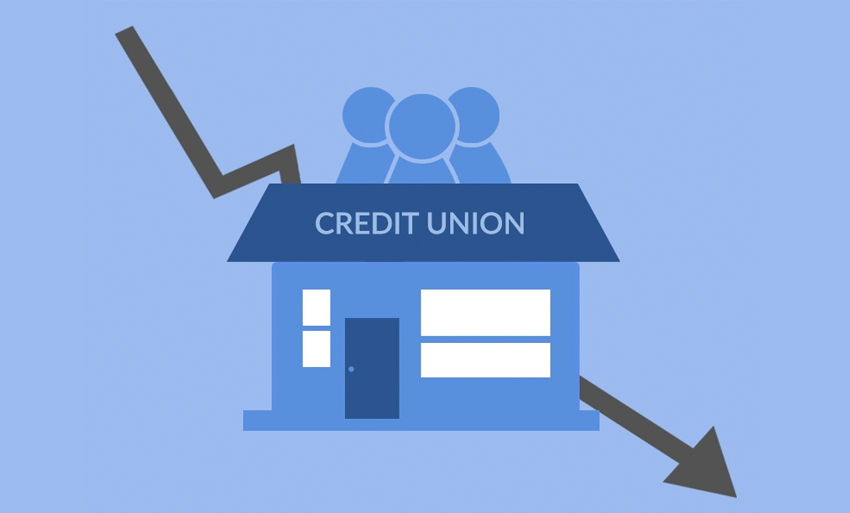
Credit unions (CUs) in the United States have proven resilient throughout the pandemic, continuing to modestly expand their membership base and enjoy strong popularity. Industry research shows that 24% of U.S. consumers choose CUs as their main financial institution (FI), more than community banks or digital-only banks.
The retail banking landscape is only becoming more challenging, however. Digital-first consumers expect more advanced and seamless digital banking experiences, and want access to technologies such as instant loan approvals and real-time payments. Deep-pocketed national banks and FinTechs relentlessly innovate, and it can be harder for smaller players to keep up.
In the June edition of the Credit Union Tracker®, PYMNTS explores the state of digital retail banking from the perspective of CUs and their members, with a focus on what CUs need to do to keep their members happy and stay ahead of the competition.
Around the Credit Union Space
CUs have a reputation for delivering higher customer satisfaction than for-profit retail banks, and new research by PYMNTS sheds light on the underlying dynamics. The survey found that 39% of CU members identify trust in their CU as the number one reason for satisfaction with their FI, versus only 22% of non-CU members. However, CU members were only half as likely as non-CU members to point to ease of use of online banking as their top satisfaction driver, one of several data points indicating that CUs have room to improve on meeting their members’ expectations for digital products and services.
PSCU is innovating on multiple fronts to expand digital offerings for its members. The CU has partnered with Amount to offer new credit card products and then expand to instant digital loan approvals, among other recent digital innovation efforts. PSCU has also just launched a cryptocurrency microsite that provides education and insights about digital currencies, opening the door to potential crypto-related services. U.S. federal regulations prohibit CUs from holding cryptocurrency in government-insured accounts, but the National Credit Union Administration has determined that CUs can offer crypto products as long as they comply with relevant federal regulations.
For more on these and other stories, visit the Tracker’s News and Trends section.
Ent Credit Union on the Need for Agile Systems
A CU’s core digital infrastructure and processes quickly become outdated in light of rapid developments in the retail banking space. Continuing to build on and modify older systems will keep a CU running, but it gradually accumulates technical debt that makes it harder and less efficient to offer new digital tools that members want. In this month’s Feature Story, Tanan Miles, senior vice president of electronic banking for Ent Credit Union, discusses the importance of adopting agile systems based on cloud platforms, with in-built A/B testing of new features and other processes that help the CU nimbly respond to market developments.
CUs widely enjoy higher average customer satisfaction among retail banking customers than traditional banks and digital-only alternatives such as neobanks. A recent survey found that consumers rate CUs three times more favorably than large national banks on putting customers ahead of profitability — yet far more consumers choose the latter as their main FI. One reason for this gap may be that CUs lag on digital innovation. For example, PYMNTS data shows that only 23% of CU executives believe that real-time payments allow CUs to meet potential demand from their members. CUs must prioritize innovations such as instant digital cards to retain members in an increasingly digital-first retail banking market.





























